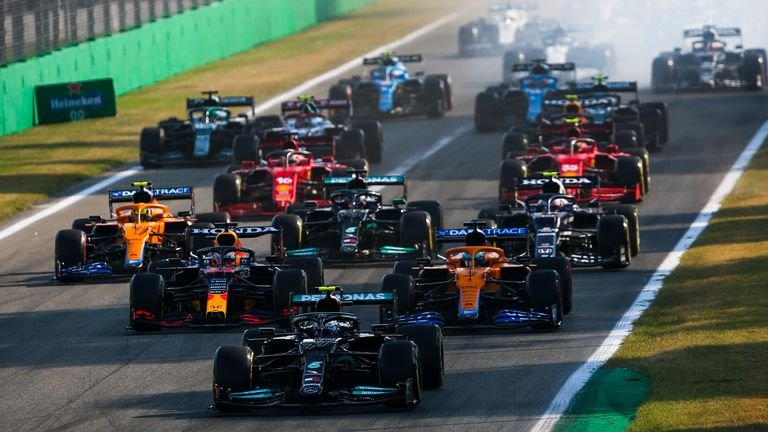

March offers the best opportunity to explore celestial events and capture the beauty of cosmic objects, as the Indian skies will remain mostly clear throughout the month.
Here’s a list of events that will brighten up the March skies:
March 5
The red planet Mars will be close to globular star clusters Messier 75 and NGC 6864 in the southeastern sky. They will appear together, like in a close circle, if seen through a telescope, especially between March 4-6.
Pluto can also be spotted just 1.5 degrees to the west of the cluster, although the dwarf planet will be too faint to be seen from telescopes.
March 6
The night sky will be illuminated by a waxing crescent Moon. Planet Uranus can also be spotted near it.
March 8
A half-illuminated Moon will be seen among the constellation Taurus or the Bull.
March 10
It marks the first quarter of the Moon.
March 12
The Lunar Straight Wall, also known as the Rupes Recta, can be easily seen through a telescope. This linear feature of the lunar surface appears bright due to the Sun’s light.

See Saturn, Venus, and Mars in the pre-dawn sky in March, with Saturn becoming more noticeable after around March 18 or 19.
(NASA/JPL-Caltech)
March 16
Venus and Mars will come closest to each other in the southeastern sky before dawn. For astrophotography lovers, it can be an interesting shot, as bright Venus and dim Mars will reach their minimum separation of 3.9 degrees.
March 18
The full Moon will illuminate the night sky.
March 20
It is the day of Equinox, as the Sun will be equidistant from all locations on Earth, making day and night of nearly the same duration. At the equator, the Sun will be directly overhead at mid-noon. This occasion also marks the onset of spring for those who have been experiencing winters.
On the same day, the planet Venus will reach its maximum angle from the Sun at about 46.5 degrees west in the sky. It is likely to shine at magnitude -4.5 in the direction of the southeastern sky before sunrise.
March 21
Jupiter and Mercury will shine bright just above the eastern horizon, with the former likely to be three times brighter than the latter.
March 25
This day marks the third quarter phase of the Moon.
March 28
The early morning hours will offer a stunning view of the crescent moon shining alongside the planetary trio of Mars, Venus and Saturn in the southeastern sky.
March 29
If you missed the chance to watch the aforementioned trio on March 28, fret not, as the planets will appear together again on this day.
Meanwhile, Saturn and Venus will be also positioned at 2.2 degrees from each other.
March 30
A great time to spot Jupiter, as the gas giant will appear like a bright dot in the southwest sky during the morning hours.

The constellation Canis Major contains a star – 7 Canis Majoris – known to have at least two planets.
(NASA/Bill Dunford)
Spot the suns
NASA highlights that March is the best month to locate some of the distant suns, as these bright stars will be easy to find throughout the month.
These include Epsilon Tauri, an orange dwarf star that supports a gas giant eight times more massive than Jupiter. It can be spotted to the right of Taurus, as per NASA.
7 Canis Majoris, which supports two planets, will be visible at the centre of the dog constellation; and Tau Geminorum, which has a planet with 20 times the mass of Jupiter, can be spotted in the castor group of the Gemini constellation.
A great chance to peer into other planetary systems!
Star clusters
During March evenings, high above in the southwest direction, stargazers can spot the Hyades star cluster. It can be located with the help of the Y-shaped constellation Taurus.
The Pleiades, an open cluster, can also be seen in Taurus.
These star clusters will be visible through unaided eyes provided the sky is clear, but for the best view, use binoculars.
**
For weather, science, and COVID-19 updates on the go, download The Weather Channel App (on Android and iOS store). It’s free!







